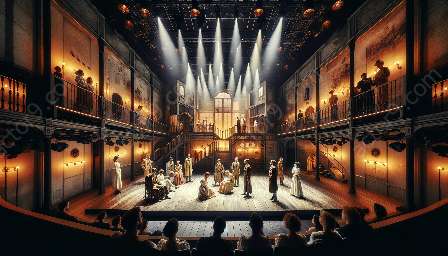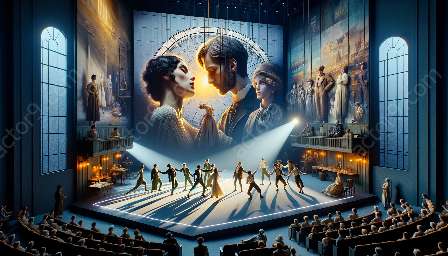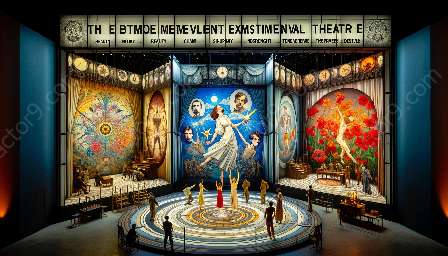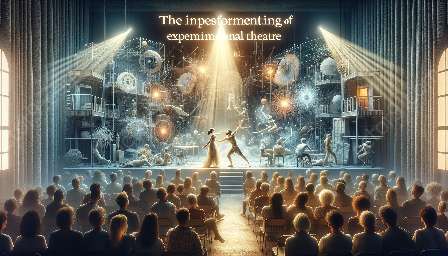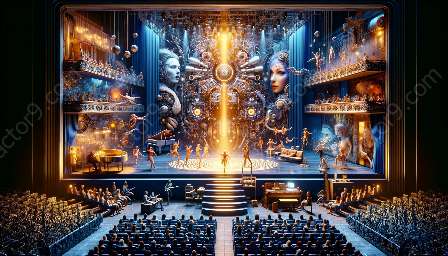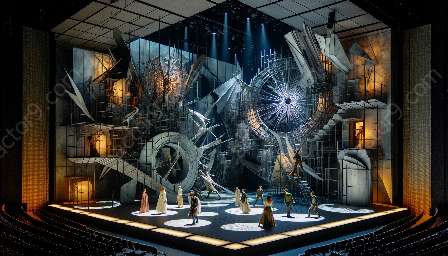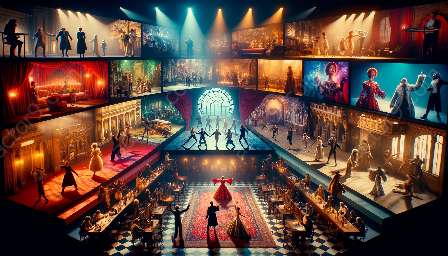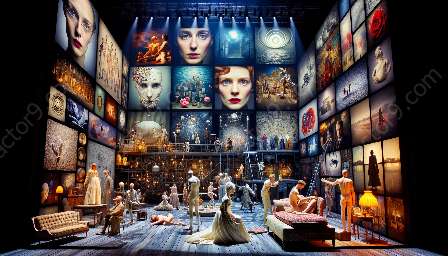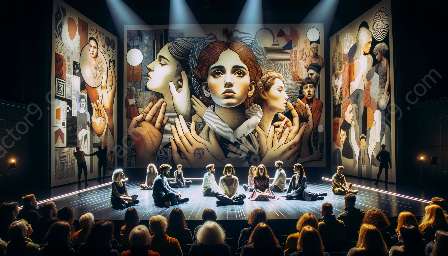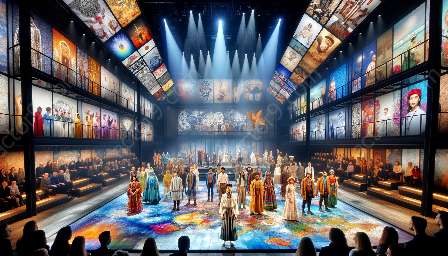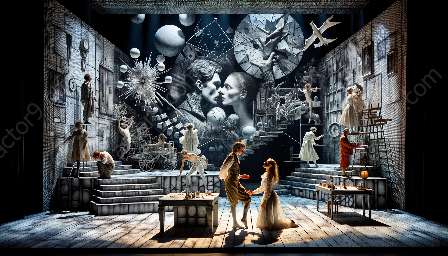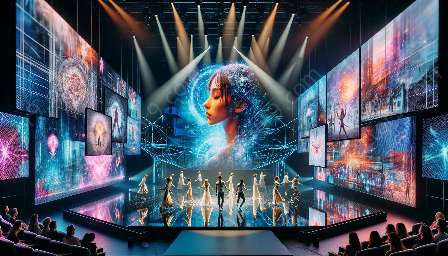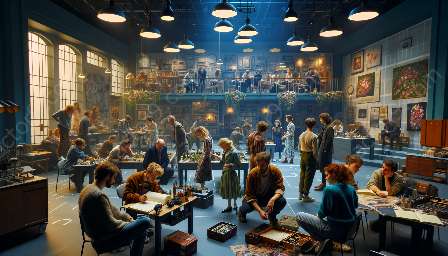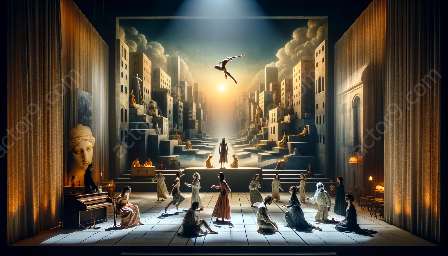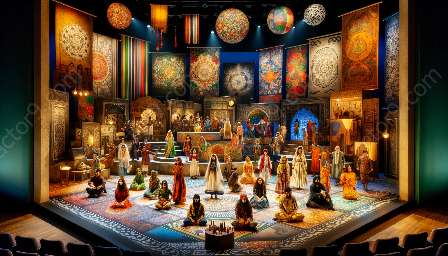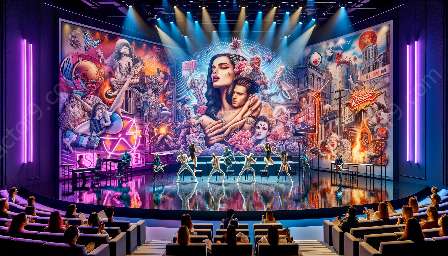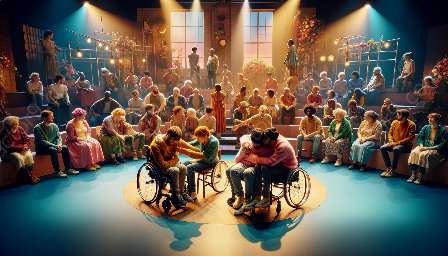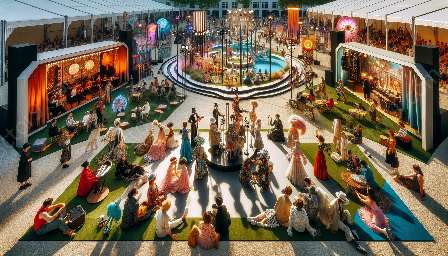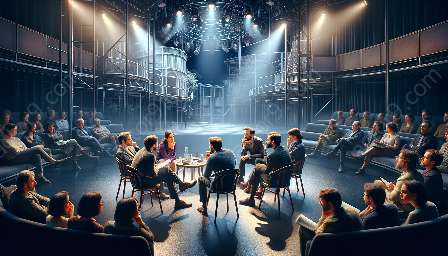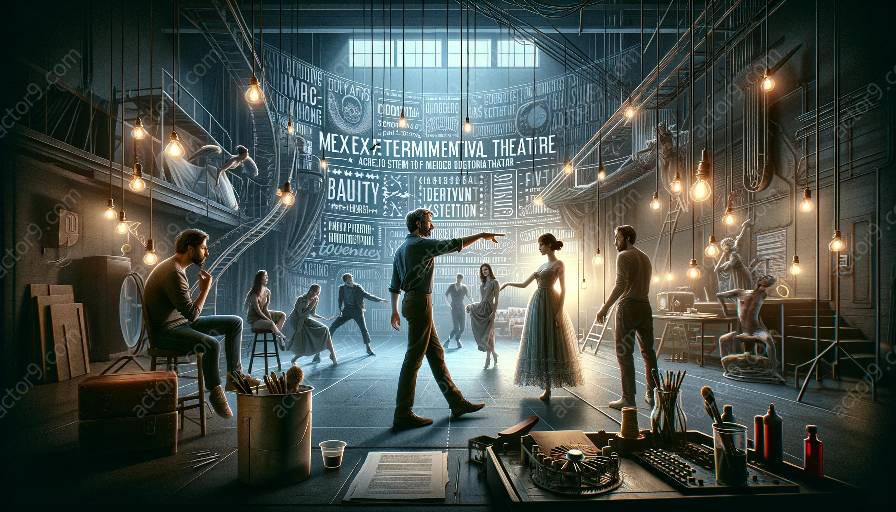Experimental theatre directing and contemporary art practices are intimately connected, influencing and deriving inspiration from each other. In this exploration, we delve into the intersection of directing techniques for experimental theatre with contemporary art, uncovering the rich tapestry of creativity and innovation that binds these two disciplines.
Understanding Experimental Theatre
Experimental theatre is characterized by its departure from conventional forms and its embrace of avant-garde approaches. Directors in the realm of experimental theatre often engage with unconventional storytelling, non-linear narratives, and immersive experiences that challenge the boundaries of traditional theatre. This approach encourages experimentation with space, movement, and audience engagement, fostering a sense of unpredictability and exploration.
Contemporary Art and Its Relationship to Experimental Theatre
Contemporary art practices encompass a diverse range of artistic expressions, including visual arts, performance art, installation, and conceptual art. It is within this dynamic and evolving landscape that experimental theatre finds parallels and connections. Contemporary artists draw inspiration from the innovative approaches of experimental theatre directors, leading to a cross-pollination of ideas and techniques. Collaborations between experimental theatre practitioners and contemporary artists result in boundary-pushing works that defy categorization and challenge audience perceptions.
The Intersection of Directing Techniques
The connection between experimental theatre directing and contemporary art practices becomes evident when examining the shared emphasis on pushing artistic boundaries and redefining the spectator experience. Directors of experimental theatre often employ unconventional staging, multimedia elements, and participatory structures to create immersive encounters that resonate with the ethos of contemporary art. These directing techniques invite audiences to actively engage with the performance, blurring the lines between art, space, and audience interaction.
Transcending Traditional Constraints
Both experimental theatre and contemporary art practices embrace the notion of transcending traditional constraints, be it through disrupting linear narratives, subverting established norms, or challenging preconceived notions of artistic expression. This shared ethos provides a fertile ground for interdisciplinary collaboration and exploration, leading to the creation of multi-sensory experiences that defy categorization.
Innovation and Evolution
The fluid exchange of ideas and techniques between experimental theatre directing and contemporary art practices fuels an ongoing cycle of innovation and evolution. As directors in experimental theatre continue to push the boundaries of the medium, their work serves as a source of inspiration for contemporary artists seeking to break new ground. Likewise, contemporary art practices inspire experimental theatre directors to embrace diverse storytelling methods and incorporate interdisciplinary elements into their productions.
Conclusion
The connections between experimental theatre directing and contemporary art practices exemplify the dynamic interplay between artistic disciplines. By embracing unconventional approaches, pushing artistic boundaries, and prioritizing experiential engagement, both realms contribute to a vibrant tapestry of creativity that transcends traditional artistic categorizations.

